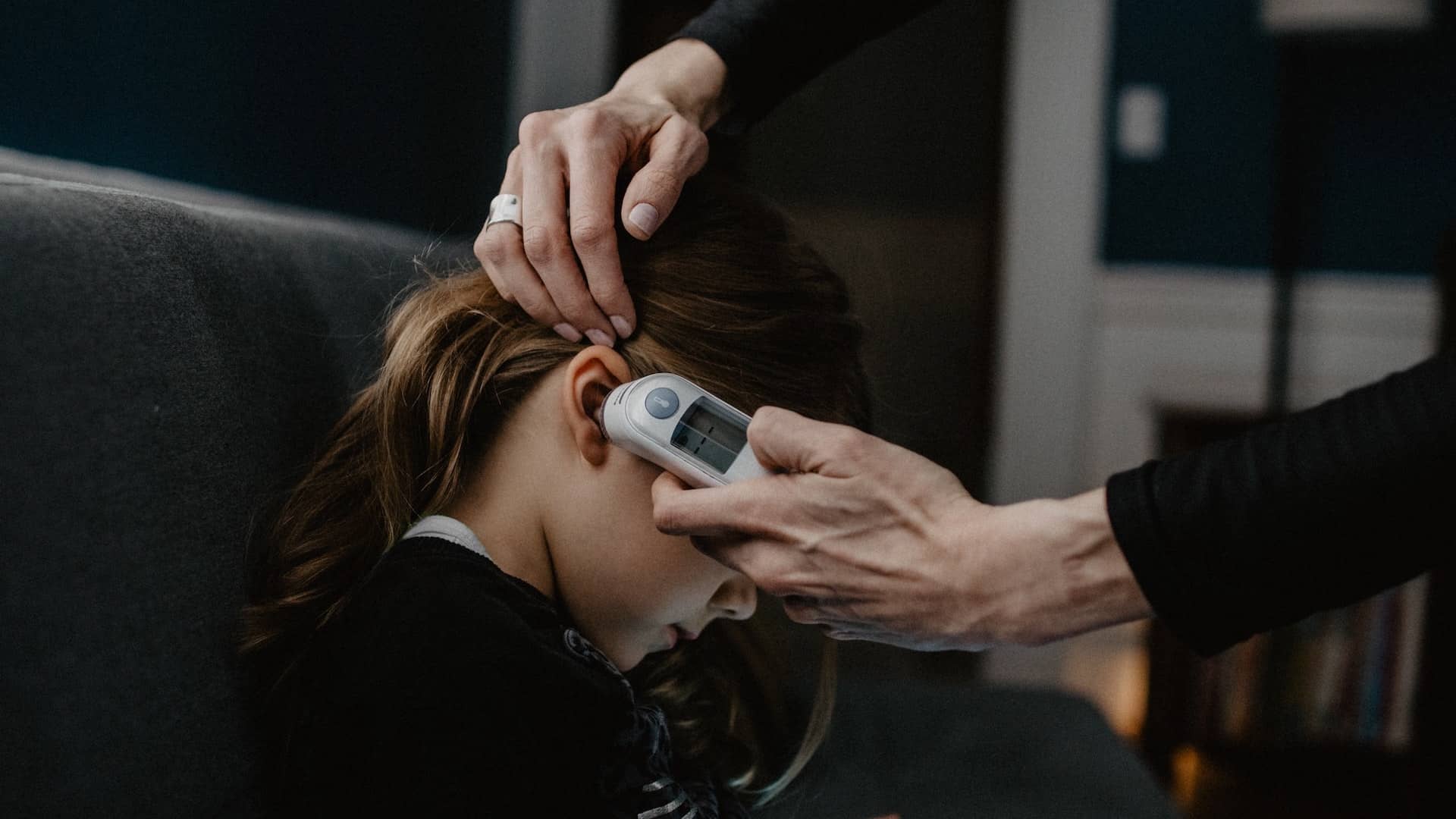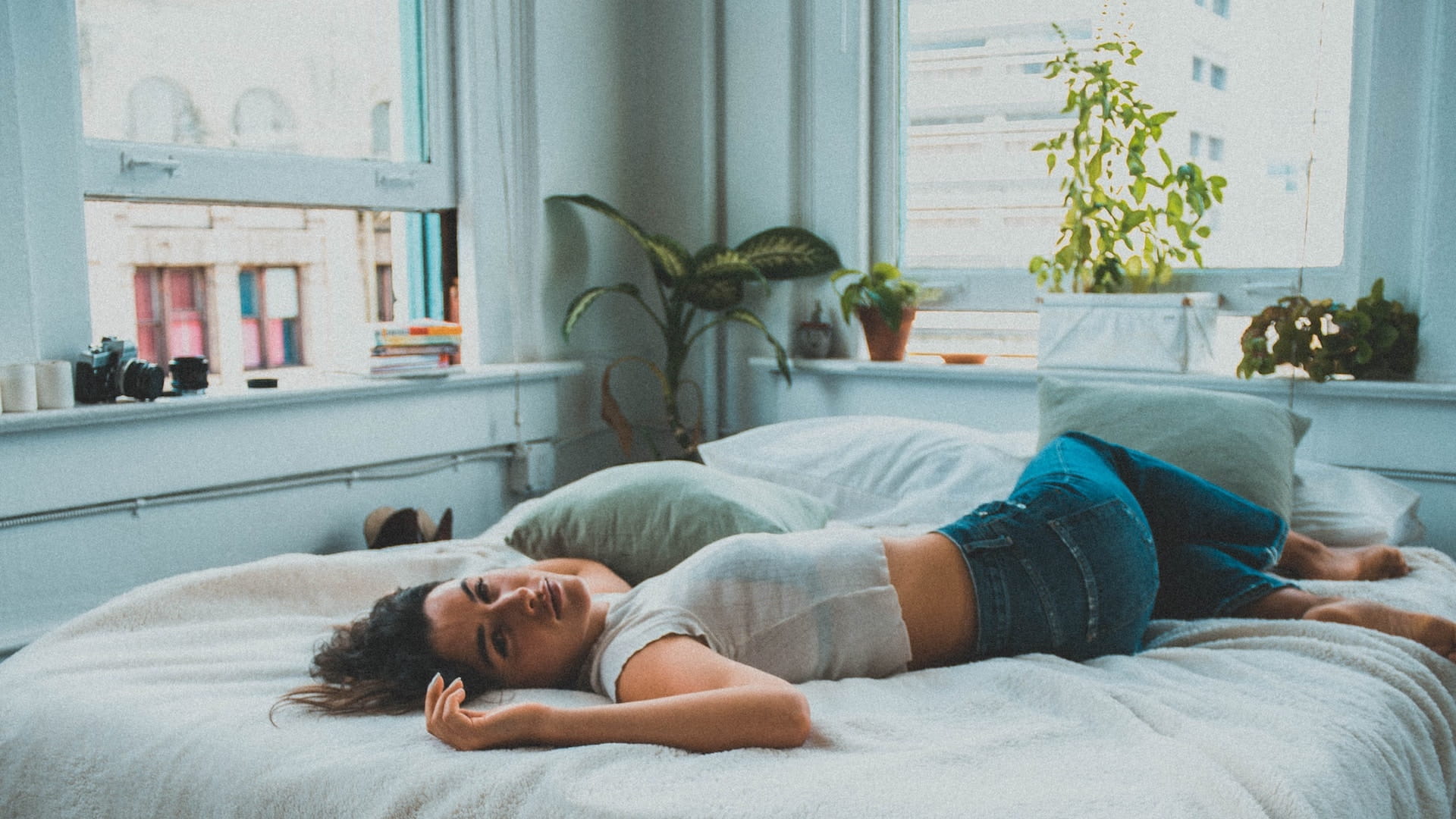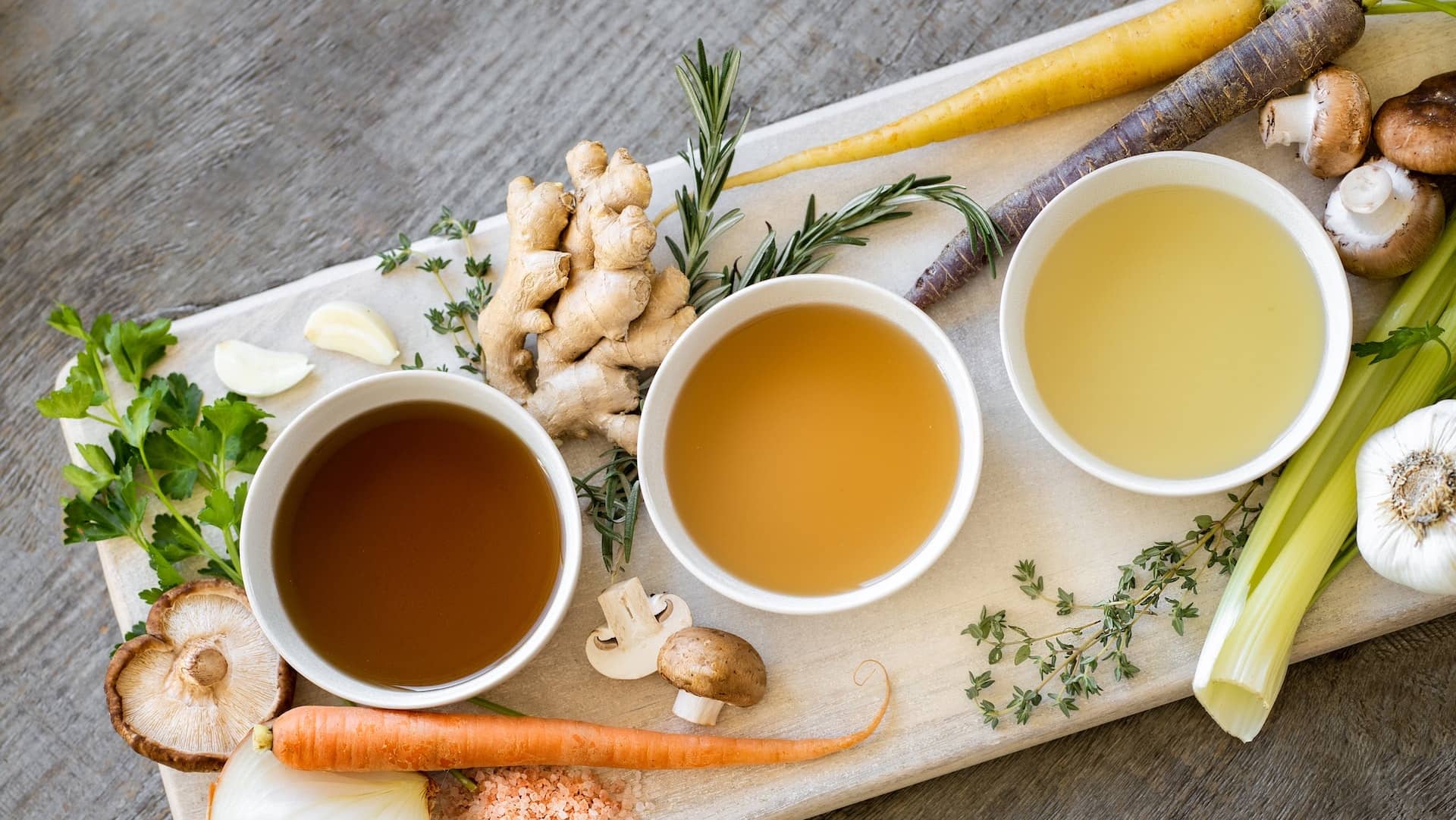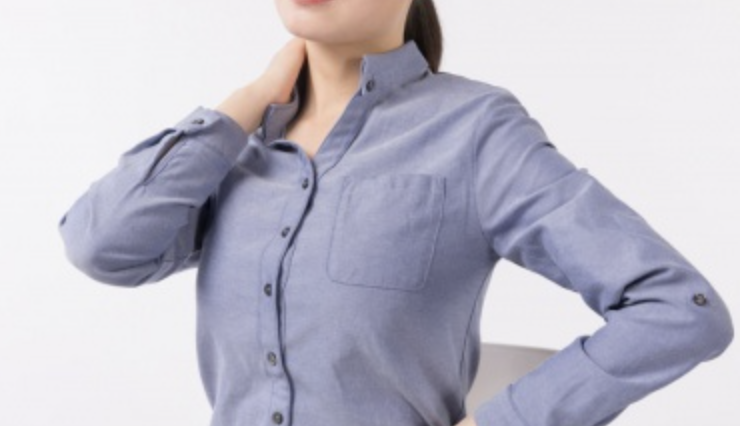Some people have cold symptoms such as cold hands and feet, unformed stools, and a fear of coldness and warmth in the small of the abdomen, a condition known in Chinese medicine as "heat on top and cold underneath".
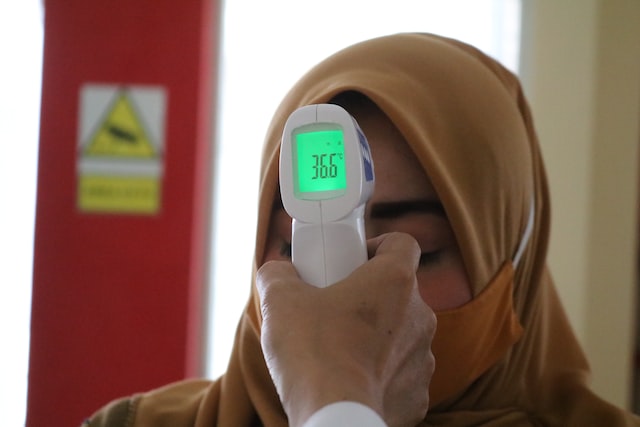
In autumn and winter, with the dry climate and a warm, spicy diet, it is not uncommon to have acne, mouth ulcers, bleeding gums, nosebleeds and other "fire" symptoms, which are often treated by traditional methods of "clearing heat and dipping fire". However, some people also have cold symptoms such as cold hands and feet, unformed stools, and a fear of cold and warmth in the small of the abdomen. This is a contradiction in terms, making it more difficult to treat.
So why does the phenomenon of "hot on top and cold at the bottom" occur? How can the paradox of "heat on top and cold at the bottom" be regulated?
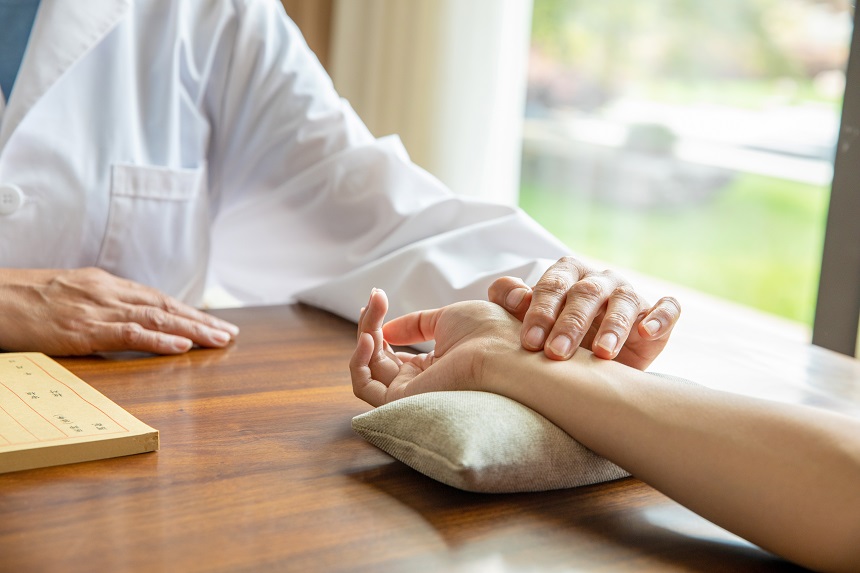
If we allow them to develop, it is clear that there will be "polarisation" and the balance of the body will be disturbed, causing illness. We are usually healthy and disease free because the body has the ability to stop this polarisation, pulling the hot Qi downwards and lifting the cold Qi upwards, so that the exchange of cold and heat is in dynamic balance. An important pivot in maintaining this dynamic balance is the "San Jiao" in Chinese medicine. It is one of the six internal organs and refers to the cavity between the body and the internal organs. Above the diaphragm is the upper jiao, which contains the heart, lungs and other organs; between the diaphragm and the navel is the middle jiao, which contains the spleen and stomach; the lower jiao refers to the lower abdomen below the navel, which contains the kidneys, large intestine, small intestine, bladder and so on. The upper and lower jiao are like two stations, and the middle jiao is like the road connecting them. When the two stations send trains to each other, there are usually two situations that cause traffic to be blocked: either the station itself has problems and cannot send trains, or the road connecting the stations becomes blocked.
In the first case, the lower jiao kidney yang of the body is insufficient to send the train properly and cannot encourage the kidney water to rise, so that the central fire of the upper jiao station is not nourished by the kidney water, resulting in symptoms of upper heat, while the lower jiao station kidney is also not warmed by the heart fire of the upper jiao station, resulting in symptoms of lower cold. Similarly, a deficiency of Heart-Yin in the first place, which cannot be actively transferred to the Kidney, can also cause "upper heat and lower cold". Treatment requires clearing the upper and warming the lower, inducing fire to return to the vital energy, so as to help the Yang to produce fluid and converge the floating deficiency fire. It is composed of Huang Lian and Cinnamon. Huang Lian is bitter and cold to lower the heart heat and lower the fire in the heart, while Cinnamon is pungent and hot to move upwards to return Qi to the kidneys and induce fire to the vital energy. The combination of cold and hot herbs can help to bring the heart and kidneys together, so that both water and fire can be used, and the upper and lower jiao stations can communicate smoothly.
In the second case, improper diet, emotional stress, etc., cause the middle jiao (spleen and stomach) to block the way to the upper and lower jiao stations, which will also block the communication between the upper and lower jiao stations, and furthermore, heat will prevail in the upper and cold will stagnate in the lower. At this point, the treatment focuses on clearing the pathway. For example, the Han Xia Diarrhea Heart Soup, which is commonly used in our clinical practice, uses Huang Lian, Han Xia, Gan Jiang and Scutellaria to open the pathway with pungent and bitter medicines to open up the Middle Jiao, so that the upper and lower Jiao stations can resume normal traffic.
People with a "hot on top and cold on the bottom" constitution should take care of their condition in their daily lives, starting with diet, rest and exercise.
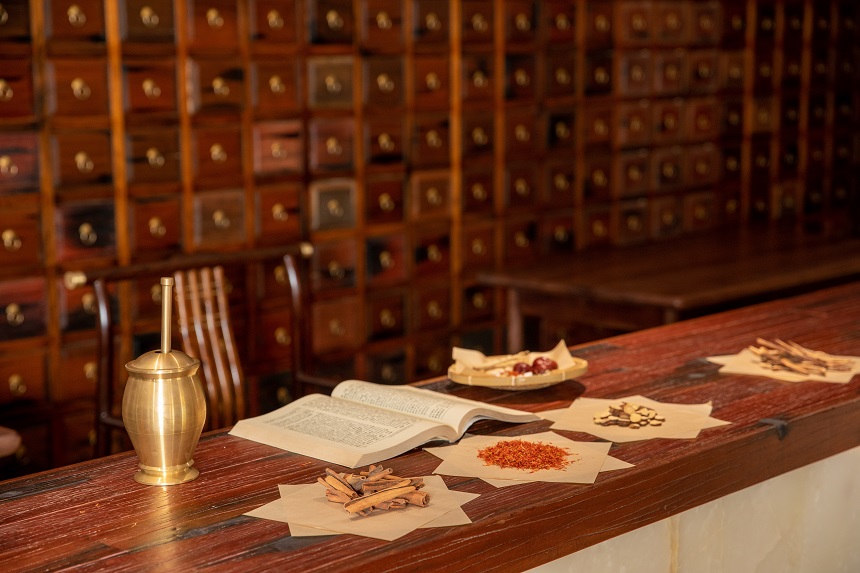
You should eat less spicy, fried and other heavy foods, and eat more light and mild foods to relieve the symptoms of heat in the upper body and cold in the lower body. Avoid eating hot and spicy foods such as mutton and chillies. It is recommended to eat more fresh fruits and vegetables, lily of the valley, silver fungus, lotus seeds and yam to nourish the yin and benefit the stomach and strengthen the spleen and produce body fluid.
You should be careful not to stay up late. Staying up late often will cause the body's yin and yang to become unbalanced and endocrine disruption, which in turn leads to irregularities in the three jiao qi mechanisms, up and down, and a decrease in immunity, aggravating the symptoms of upper heat and lower cold. Therefore, it is recommended to rest a little earlier every day so that all parts of the body can get a sufficient rest, which can improve the body's metabolism and detoxification ability, reduce the body's burden, and thus alleviate the symptoms of upper heat and lower cold. You can also take a foot bath with hot water at around 40 degrees Celsius for 20 minutes before bedtime to draw the fire downwards, unblock the meridians, move Qi and blood, warm the kidneys and disperse cold, improve cold hands and feet, and improve the floating of false fire.
After adjusting your diet and work and rest, exercise is also essential. You can choose exercises that are within your reach, such as jogging, swimming, dancing, tai chi, etc. These exercises can promote the metabolism and blood circulation in the body, reduce the stagnation of qi and blood, and also release the stress in our body, regulate the qi of the three jiao organs, improve the immunity of the body, and are good for heat toxins or It is also good for regulating heat and cold in the body.
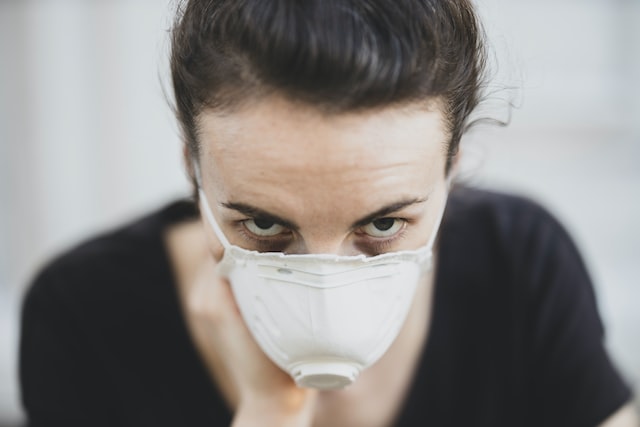
Of course, the clinical aspects of "heat from above and cold from below" are complex, with different causes, clinical manifestations and sites of lesions, so it is important to be guided by an experienced Chinese medicine practitioner to identify and treat the symptoms.


